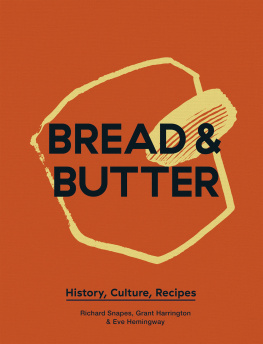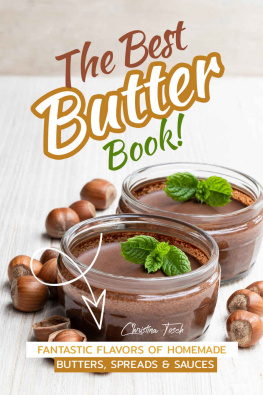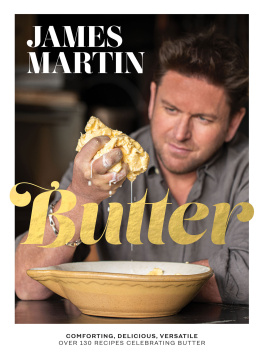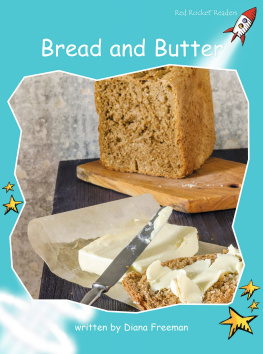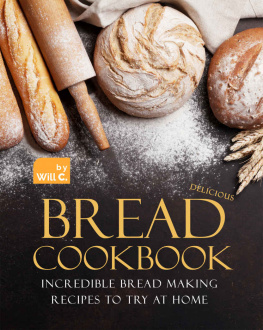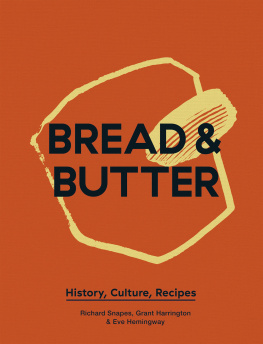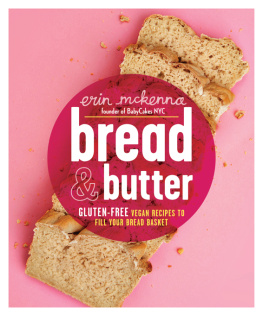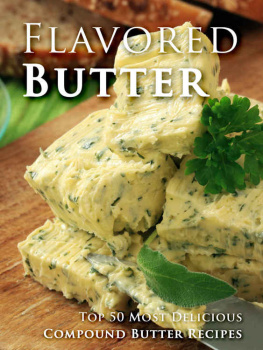
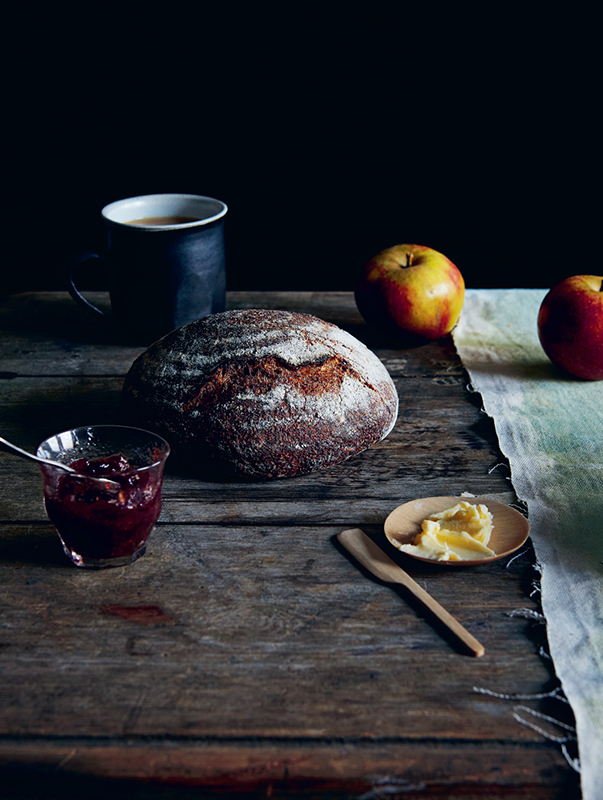

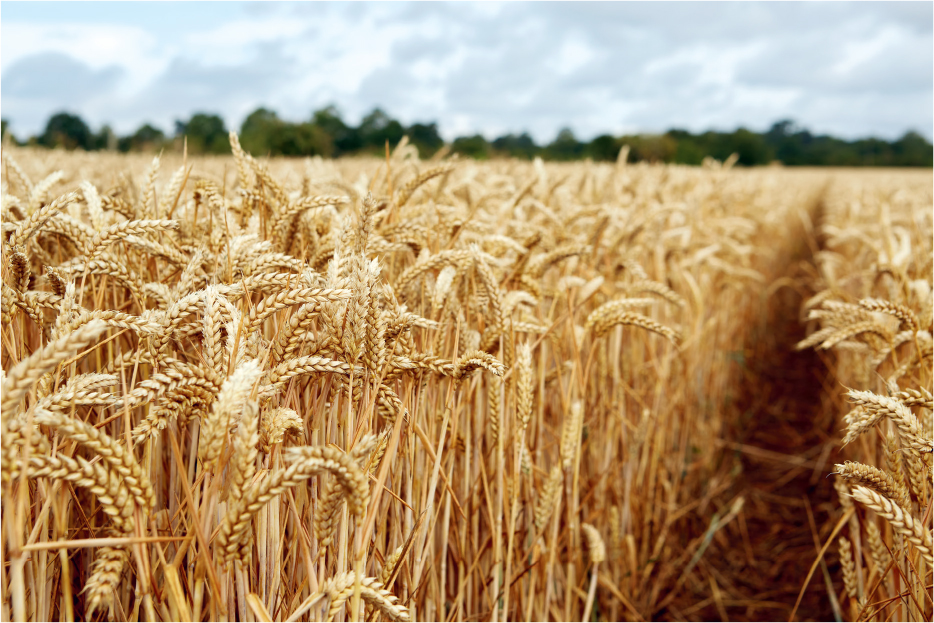
Contents
There are few pairings eaten so frequently as bread and butter, and even fewer so entrenched in such a variety of global cultures. Its hard to think of other food double acts that are as inseparable. Would salt and pepper count? Is seasoning substantial enough to go head-to-head with bread and butter? Other pairings may complement each other perfectly think pea and mint, beef and horseradish, tomato and basil, ham and mustard but none of them create quite the same ah-ha moment as bread and butter.
Perhaps its because bread and butter have been eaten for such a long time. Although, lets be clear, humans were eating bread some 10,000 years before they were eating butter. It then took another 10,000 years for them to be eaten together (or at least until we have material evidence). How it took so long to arrive at this delicious pairing is beyond us, but if we have learnt anything from bread and butters 20,000 year history, its that they really do seem to exist in some form no matter where you are from and they are, blessedly, going nowhere.
The reason
Why write a book about bread and butter? What makes such a humble pairing, and ostensibly a minor event of the day, become a heroic match worthy of exploration over 256 pages?
Well, if youre reading this, you probably quite like bread and butter and youve probably liked it for some time. You might remember it as a childhood treat simple for a parent to slice, spread and share to keep you quiet. Perhaps, when under the weather, you note the heartening feeling of spying a doorstop slice thick with golden spread, precariously balanced at the edge of a bowl of steaming soup. Maybe youre responsible for prepping the sandwiches, making sure so-and-sos has no crusts, and heaven forbid the tomato makes the bread soggy. You might be a regular toast-eater, your tongue swiftly following yellow rivers of butter dripping down your wrist after impatient morning crunches. You could, in other words, be deeply in love with bread and butter, and yet know very little about it.
When we looked at other cookbooks on the shelves, we saw turquoises, fuchsias and golds promising titillation of the senses from cultures unknown to us. Alongside these exotic titles, there were beaming faces, promising ways to improve your gut health, even change your microbiome. And, delving deeper, books for the real food nerds, the ones that really make you think about how and why we eat what we eat.
At first we couldnt see how bread and butter, two such quotidian foodstuffs, could stand up to these vibrant and exotic subjects. Surely, they could not transport you beyond the familiar, or aid digestion or teach you something you didnt know because: you eat them every day. Or most days at least. Yet, on reflection, we realised that bread and butter can do all of these things.
Bread and butter exists in weird and wonderful forms across the world, making them truly global products. Between us, weve seen a Tibetan cream separator that looks more like an intricate jewellery box, its mahogany lacquer and polished brass dials emanating pride and expertise. In the Polish celebration of nowe latko, literally meaning new summer but celebrated at the end of the year, bread figurines of a man with a bobble cap surrounded by eight geese are made to encourage abundance in the fields in the coming year. And in Amarante in Portugal, the bolos de So Gonalo (Saint Gonalo cakes) are phallic-shaped breads or, more commonly now, pastries, intricately iced and given to single women as lucky love charms. Were sure the recipients are very, um, grateful.
With regard to health, we cannot promise our dishes will do wonders for your waistline (many of these recipes are a far cry from cauliflower rice and cashew cheese), but well-being also comes from pleasure. The Danish, for example, have an apt, joy-filled phrase, tandsmr, meaning tooth butter, to describe the teeth marks you leave in butter when its spread thickly enough on bread. It is this generosity of spirit we love and hope you will find here.
And in terms of teaching you something, we swiftly recognised the wealth of information and experience we three authors could share. From the origins and history of bread and butter, via the science, and on to a passionate appreciation of the resurgence of interest in bread and butter crafted with care. As demand is showing, people are ready for something a little different, even if it takes longer, looks wonky or varies slightly from batch to batch. Flavour is the most important thing.
This book is a celebration, a love letter and a record of bread and butter: it adores them and reveals their mysteries; it unpacks their history and champions their future.
The authors
Richard founded The Snapery Bakery and supplies some of the best restaurants in London with sourdough bread and buns. Grant founded Ampersand Bulture Culture, and makes cultured butter among other dairy-related products, which are also served in Michelin-starred restaurants across the UK. Their philosophies are similar both have a focus on slow, fermented products, which are delicious alone and even better together.
They met selling their wares on Druid Street Market in South London. Their stalls were put next to each other, Richard selling his bread and Grant selling his butter. Before long they bonded over the tables and joined forces, selling their products together, tag-teaming between running the stall and picking up beers from nearby brewers. I joined in when I had spare time, learning a lot and eating a lot in the process.
These days the stall is at the equally brilliant Maltby Street Market, but we all still enjoy that gentle hum of weekend market life, talking to other traders and nibbling on buttery morsels meant for market-goers. All the early mornings, late nights, tears, sweat and Birkenstocks are somehow worth it.
The structure
The first third of the book covers history and culture, while the latter two-thirds are filled with tempting recipes. We want the book to be something you can dip in and out of, or sit with for an afternoon, with a slice of bread and butter to snack on, of course.
Through the rich and delicious history of bread and butter, we look at where it all began and how we came to eat bread and butter in the first place. We travel through the Fertile Crescent, Rome and Greece and explore centuries of history. We look at how and why the popularity of bread and butter accelerated massively from 1500s onwards, and touch on the agricultural and industrial techniques that caused these products to shift and change as speed and scale were prioritised over flavour. Finally, we look at the resurgence of bread and butter. For some time now, there has been a rekindling of less efficient methods that produce quite different breads and butters ones that are a little less predictable and much more flavoursome.
To do bread and butter justice, we wanted to look beyond cookbooks, and beyond the Western European traditions familiar to the three of us so the culture section romps through the many wonderful and delicious breads and butters enjoyed around the world.

